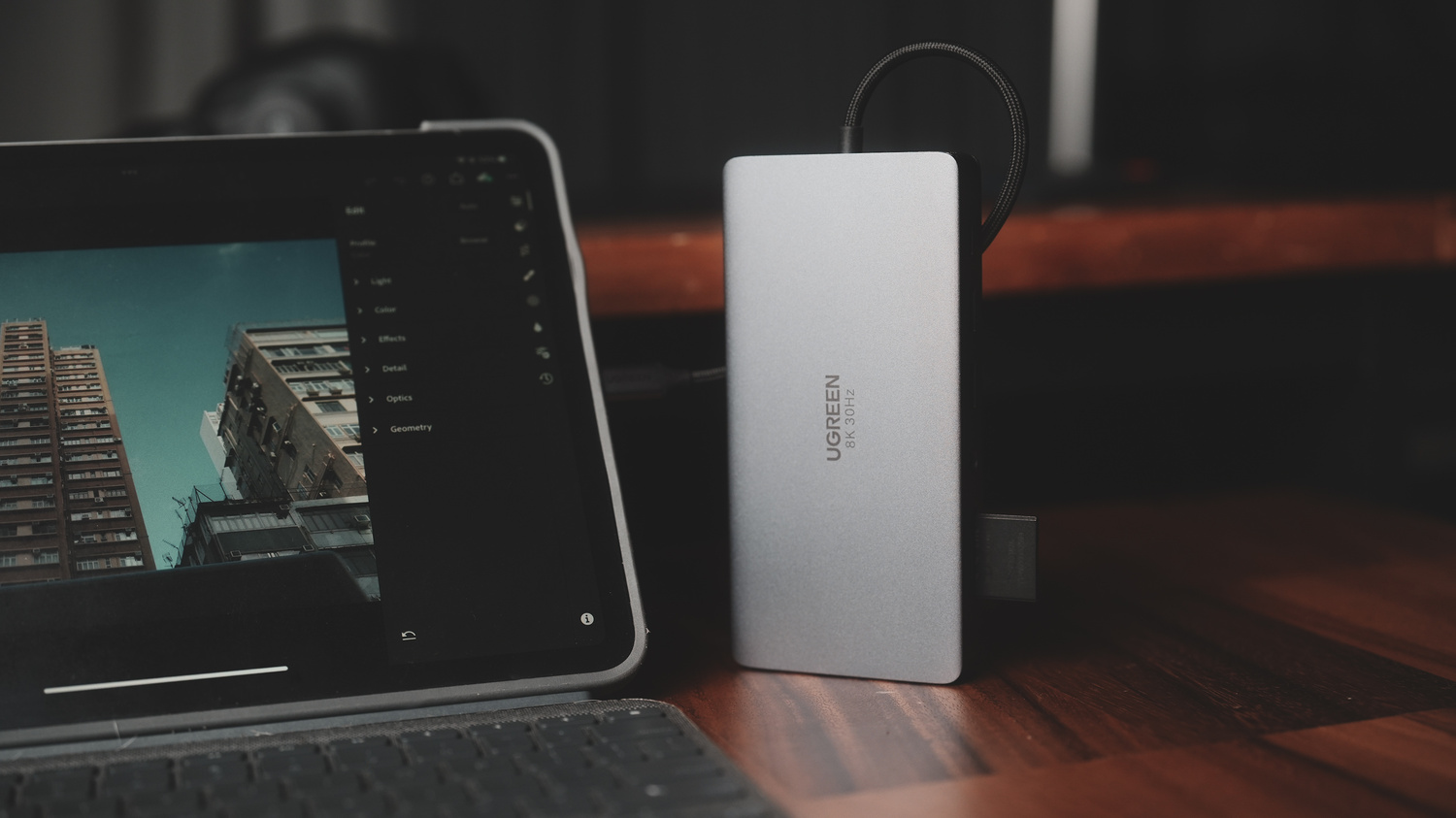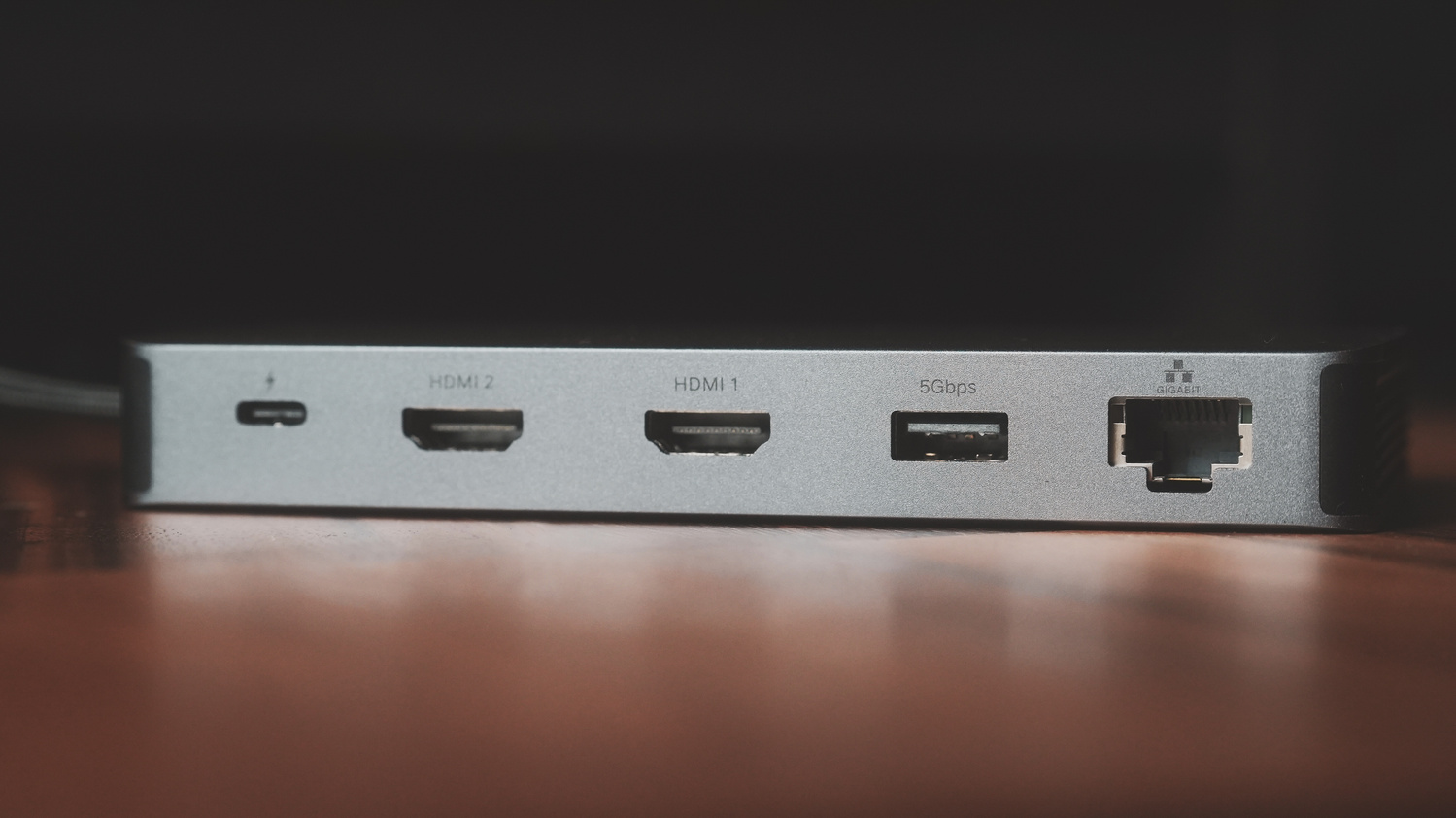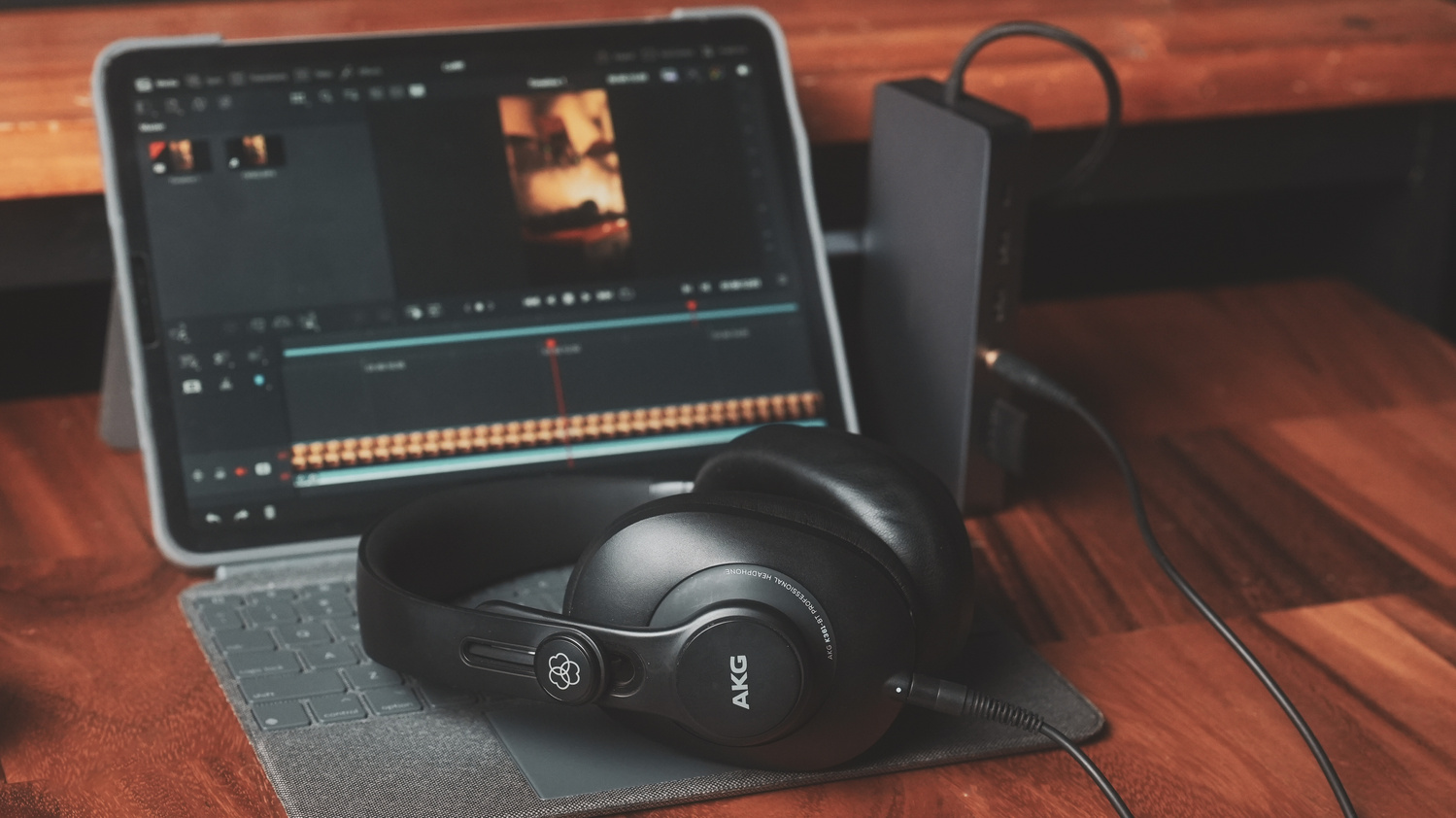If you want to pack light everyday and still be able to get a lot of work done, a tablet can definitely step up for some of the post-production work that you do. With the help of these tools, you’ll be able to fully utilize the capabilities of your tablet computer.
A lot of the work that used to require large and powerful computers back then are now things that can easily be done by mobile devices. Whether or not you have kept up-to-date with camera gear, having a tablet that you can easily carry around can enable you to get a lot of post-production done even before you’ve left the shoot location. Of course, laptops have also been evolving to take on tasks that used to be for much bigger rigs, but there's a lot of empowerment that should come from being able to carry around a device that will let you perform basic to intermediate level editing while barely adding any bulk to your gear bag.
To help you make the most out of the capable computer inside your half-inch thick tablet, here are five accessories to expand functionality and compatibility of your portable device.
1. Keyboard, Pencil, and Alternatives
This is probably the most predictable item on this list but hear me out. You surely know that an Apple Pencil can help you do some precision editing and even more advanced tasks on Photoshop for iPad, but one thing to consider is that there are also a lot of alternatives out there. These options from a handful of brands have a lot of variations when it comes to precision, pressure sensitivity, tactile experience, and charging methods. What you need to know is that the Apple Pencil might not be the most practical option for you. Depending on how extensive you go with editing and retouching, and the actual functions offered by your editing app of choice, you might be able to find an alternative that won’t be as expensive but will get the job done.

The same thing applies to options for keyboards. Of course, when it comes to editing, the keyboard can be your tool for shortcuts to your most used editing functions. At the same time, a keyboard is a very useful tool on a tablet in general, whether it be for responding to emails and inquiries or for writing captions on your social media posts. Alternatives are also available and, technically, all tablets have Bluetooth connectivity that allow you to use any Bluetooth keyboard (and mouse) with your tablet.

Personally, I put my trust on Logitech’s Combo Touch for my iPad Pro. While Apple’s Magic Keyboard is absolutely nice, I like the fact that the Combo Touch is also a significantly protective case with a kickstand and more importantly, the keyboard can be detached from the magnets on the bottom of the case for instances wherein you don’t need it or you need to mount your tablet on something else. When shooting interiors, I use my tablet as a wireless monitor so that I can easily go around to rearrange furniture while seeing what my camera sees. While shooting, I put it on a tablet holder connected to my tripod using a friction arm, and all of this can be done by just removing the keyboard while the case protects the tablet. This basically allows me to use my iPad for more functions without having to remove the protective case.
2. All-in-One USB-C Dock
 USB-C may very well be one of the best things that ever happened to technology, in the sense that it exponentially made cross-compatibility of different devices much easier and more efficient. With USB-C ports, you can now use one particular kind of peripheral accessory with a desktop computer, a laptop, a tablet, a smartphone, and for some cases, even a camera. However, one important piece that unifies your tech ecosystem would be a USB-C dongle or dock.
USB-C may very well be one of the best things that ever happened to technology, in the sense that it exponentially made cross-compatibility of different devices much easier and more efficient. With USB-C ports, you can now use one particular kind of peripheral accessory with a desktop computer, a laptop, a tablet, a smartphone, and for some cases, even a camera. However, one important piece that unifies your tech ecosystem would be a USB-C dongle or dock.

I carry around this relatively bigger UGREEN 11-in-1 USB-C hub that’s compatible with my iPad and any laptop that I carry wherever I go. This allows me to connect my portable devices to any HDMI display and even multiple displays if I’m using it with my laptop. More conveniently, I use this to be ready to connect to any screen whenever I give presentations of any sort. This also has a 100 W USB-C Power Delivery port that allows me to charge the device while using it with other accessories, two 10 Gbps USB-A 3.2 Gen 2 ports, and a 10 Gbps USB-C 3.2 Gen 2 port for other accessories and external storage. It also comes with an RJ45 Ethernet port (for direct wired connection on laptops), a 3.5mm audio output port, and card reader slots for SD and micro SD.

This all-in-one tool allows me to connect my iPad to everything so I can get to work wherever I go. I can easily transfer photos from my camera’s SD card for editing or even back it up to another external drive. It allows me to connect to any monitor, TV, or even an LED wall and use wired headphones for some precision editing. All in all, it basically reduces anxiety about any technical difficulties when I’m away from my bigger workstation.
3. A Portable Solid State Drive
Tablets now come with massive storage capacity options on-board, but as a digital creative, that will never be enough, especially when business is doing good. At the same time, the last thing you want to do is to flood that storage and run out of space in the most crucial time. The fact that you can now do proper file management with a tablet allows you to keep things organized and be able to do so wherever you are.

I often avoid bringing a computer whenever I’m traveling, but this often comes with a severe itch to back up my files. With a portable SSD, you can now conveniently copy files from your camera to the portable drive without having to go through a laptop or desktop computer. This is generally possible using specially equipped drives with built-in card readers and a back-up interface but using any reliable external SSD (or HDD) with a hub such as the one mentioned above is a much cheaper option.
4. Multi-Connectivity Monitor Headphones
If you do any video work, having headphones that can be used via Bluetooth and through a wired connection can allow you to work on short video projects virtually anywhere. Headphones are always nice to have for leisurely use, but having a pair that can be used to monitor neutral audio through a wired lag-free connection basically expands what you can do away from the comfort zone of your home or studio workplace.

I use the AKG K361 BT for both these purposes, and along with my iPad, I carry it anywhere I go, every day. This allows me to work on quick and short video edits using Da Vinci Resolve on my iPad and even mix the audio seamlessly.
5. A Multi-Device Charger and/or Powerbank
Of course, none of the creative work that a portable device allows you to do will be possible if you run out of juice. A few years back, having chargers with you anywhere you go meant bringing one charger for every device that you have. Thankfully, the inter-compatibility of USB-C now also means that one charger can power up most (if not all) your gadgets, and that also includes your camera gear. That’s why it’s always nice to figure out exactly how many devices you would need to charge at the same time and get a multi-output charger that can power up all of them at once.

If you only need a charger for a phone and a tablet (which is my daily bare minimum), a 65 W dual or triple port charger is more than enough. If you also need to charge your camera batteries either directly via USB-C or through a USB-C battery charger, anything above 65 W can be sufficiently powerful yet portable to charge all your devices.
One of the biggest benefits of the rapidly evolving technology is portability not just of our tools, but in consequence, the portability of what used to be bigger tasks as well. Nowadays, wedding photographers and filmmakers are now able to produce highlight videos in time to be played after dinner. Travel content creators are now able to dish out high quality content without even leaving the place there it was filmed. All of these allow us to either do more in less time, or better yet, do things more efficiently so that we can enjoy life better.






